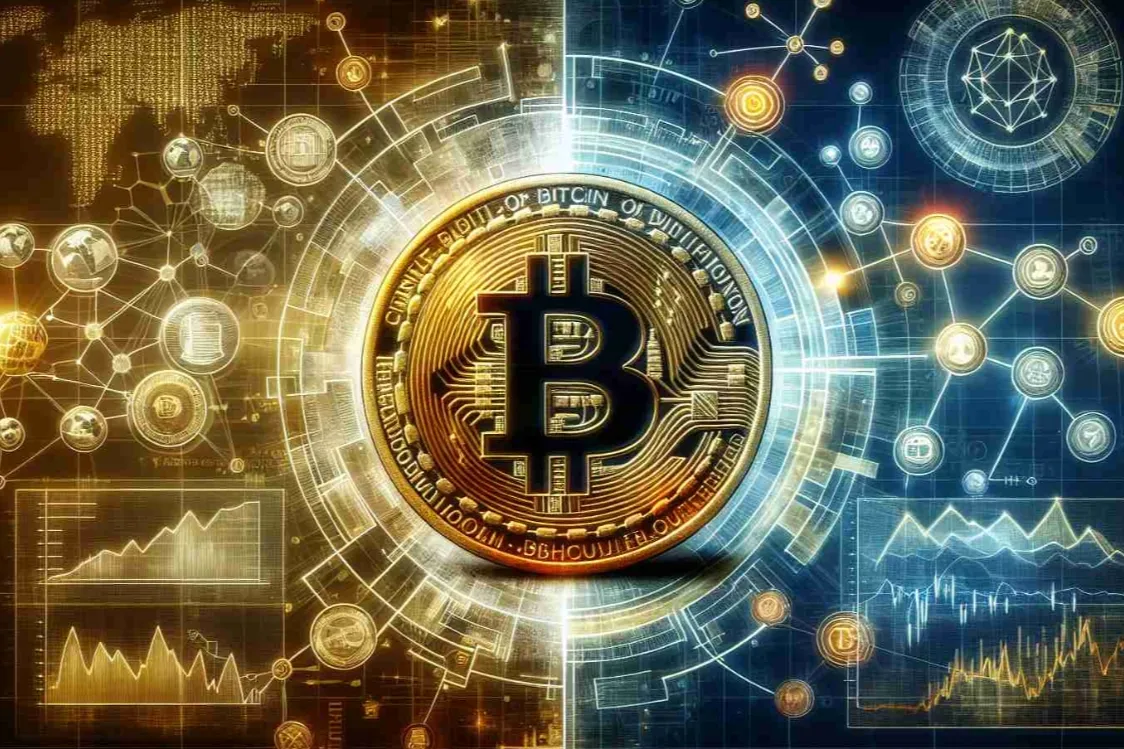Experts say that most transactions after the halving this year may rely on its second-layer infrastructure.
Author: BESSIE LIU
Translation: Plain Blockchain

The Bitcoin halving is expected to take place in late April this year. Like real-world gold, Bitcoin is seen by many as "digital gold," with a maximum supply of 21 million coins. As the Bitcoin halving approaches, many are concerned that miners will inevitably face reduced income after this significant event.
Bitcoin mining used to be a profitable way for people to earn rewards and protect network security. Fisher Yu, co-founder of the Babylon project, which aims to create a proof-of-stake economy based on Bitcoin, mentioned the early motivation to participate in Bitcoin's proof-of-work security and attributed it to the high Bitcoin rewards available when the blockchain was first established.
"Satoshi's hope was that over time, Bitcoin would be widely adopted to the point where the increase in transaction fees would surpass the decrease in mining rewards, thus covering the operating costs of miners," Yu said.
So despite the continuous rise in the price of Bitcoin, Bitcoin mining stocks have performed poorly in recent weeks. Industry observers point out that market concerns about the upcoming Bitcoin halving are the main reason. The halving is expected to occur in late April, at block height 840,000.
Despite this trend, Yu pointed out that existing transaction fees are still insufficient, and there is growing concern that miners may leave the network, thereby reducing the overall security of the blockchain.
This view is also shared by Max Chamberlin, founder of Bifinity, a fiat and cryptocurrency exchange payment service provider, who pointed out that after the halving, many Bitcoin mining companies may become unsustainable.
"Although Bitcoin's mining difficulty is dynamic and can automatically adjust to the current level of computing power, having as many miners as possible is still better for the decentralization of the network," Chamberlin said.
He noted that the emergence of Bitcoin's second-layer solutions has significantly boosted on-chain activity and provided miners with a substantial new source of income, namely transaction fees, which have reached nearly $240 million to date.
"In a broader sense, the introduction of ordinals and runes has sparked considerable excitement in the entire cryptocurrency community, introducing a new class of tokens—assets that exist directly on the Bitcoin blockchain," Chamberlin said.
Nevertheless, Chamberlin acknowledges that the Bitcoin ecosystem still needs to make efforts to develop a wide range of general applications, a challenge mainly stemming from the limitations of Bitcoin's scripting language, Script.
"This dilemma echoes a long-standing issue in the financial industry—how to deal with the emergence of new assets," he said.
In this regard, as the next-generation EVM for Bitcoin and other assets, Bitfinity has become a strong competitor. It provides developers with a familiar EVM programming environment while also having access to Runes and other Bitcoin-native assets," Chamberlin said.
Yu agreed and explained that Babylon's Bitcoin staking protocol could alleviate some concerns about the reduction of mining rewards. He pointed out that miners can use their Bitcoin to secure their proof-of-stake economy and be rewarded for their security.
Rena Shah, Vice President of Product and Operations at Trust Machines, a company building a Bitcoin-based decentralized economy, holds the same view. She told Blockworks that most transactions after Bitcoin's halving this year are likely to rely more on its second-layer infrastructure.
"While the base layer will still focus on high-value settlements, Bitcoin's DeFi and other activities will no longer need to use the base layer, as more and more second-layer solutions begin to unlock frictionless availability," she said.
She added, "Addressing issues such as transaction times between L1 and L2, identity solutions, and even wallet functionality is an area that the Trust Machines team has identified as most attractive to users. As well as DeFi opportunities, they are particularly interested in users of other smart contract-based chains."
免责声明:本文章仅代表作者个人观点,不代表本平台的立场和观点。本文章仅供信息分享,不构成对任何人的任何投资建议。用户与作者之间的任何争议,与本平台无关。如网页中刊载的文章或图片涉及侵权,请提供相关的权利证明和身份证明发送邮件到support@aicoin.com,本平台相关工作人员将会进行核查。




